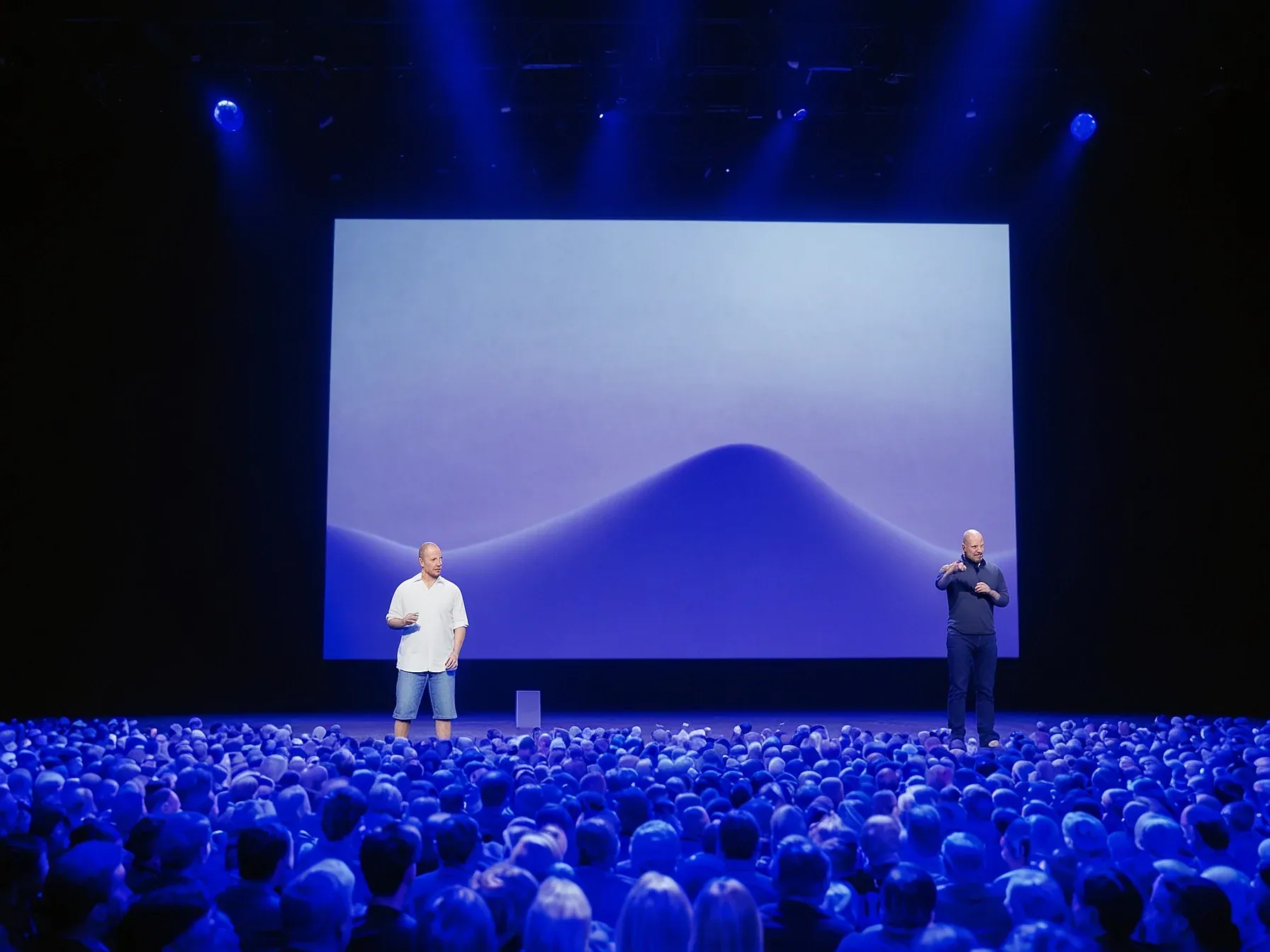
Amazon Deploys AI Agents to Generate Offensive Techniques and Suggest Fixes
Amazon has quietly rolled out a fleet of AI‑driven agents that hunt for vulnerabilities the way a seasoned pen‑tester would—only faster. The bots crawl through code, probe APIs and spin up attack scenarios that would take a human team weeks to assemble. Internally, the project is billed as “deep bug hunting,” a term that hints at a level of thoroughness beyond routine scans.
What sets this effort apart is not just the volume of tests but the ability to remix techniques on the fly, creating novel exploit chains that traditional tools miss. Security engineers can then see a list of potential flaws paired with suggested patches, all generated in minutes. The approach promises to shift the balance between discovery and remediation, especially for a cloud giant whose surface area is constantly expanding.
As the team integrates these agents into their daily workflow, they’re confronting a question that sits at the heart of modern cyber defense: how much of the hunting can be handed over to machines before human insight becomes a bottleneck?
"The difference that AI provides," says Amazon security engineer Michael Moran, "is the power to rapidly generate new variations and combinations of offensive techniques and then propose remediations at a scale that is prohibitively time‑consuming for humans alone. I get to come in with all the novel…"
The difference that AI provides, says Amazon security engineer Michael Moran, is the power to rapidly generate new variations and combinations of offensive techniques and then propose remediations at a scale that is prohibitively time consuming for humans alone. "I get to come in with all the novel techniques and say, 'I wonder if this would work?' And now I have an entire scaffolding and a lot of the base stuff is taken care of for me" in investigating it, says Moran, who was one of the engineers who originally proposed ATA at the 2024 hackathon. "It makes my job way more fun but it also enables everything to run at machine speed." Schmidt notes, too, that ATA has already been extremely effective at looking at particular attack capabilities and generating defenses.
In one example, the system focused on Python "reverse shell" techniques, used by hackers to manipulate target devices into initiating a remote connection to the attacker's computer. Within hours, ATA had discovered new potential reverse shell tactics and proposed detections for Amazon's defense systems that proved to be 100 percent effective. ATA does its work autonomously, but it uses the "human in the loop" methodology that requires input from a real person before actually implementing changes to Amazon's security systems.
And Schmidt readily concedes that ATA is not a replacement for advanced, nuanced human security testing. Instead, he emphasizes that for the massive quantity of mundane, rote tasks involved in daily threat analysis, ATA gives human staff more time to work on complex problems. The next step, he says, is to start using ATA in real-time incident response for faster identification and remediation in actual attacks on Amazon's massive systems.
Will Amazon's Autonomous Threat Analysis live up to its promise? The internal system, unveiled this week, lets AI agents spin out fresh offensive techniques and immediately pair them with remediation suggestions. Michael Moran, a security engineer, says the speed of generation far outpaces what humans can manage, allowing his team to confront a flood of new code.
Yet the report offers no data on false‑positive rates or how often the suggested fixes are adopted. The approach appears to shift part of the bug‑hunting workload onto machines, but it also highlights how generative AI can amplify attacker capabilities. Consequently, security teams may find themselves racing against both code growth and AI‑driven threat modeling.
Unclear whether the balance of effort saved outweighs the overhead of reviewing AI‑produced recommendations. Amazon plans to publish further details, which should clarify operational impact. Until then, the true effectiveness of autonomous threat analysis remains an open question.
Further Reading
- Hackers Inject Destructive Commands into Amazon's AI Coding Agent - GBHackers
- Amazon Q Breach & LegalPwn: AI Security Digest - Adversa AI
- When AI Assistants Turn Against You: The Amazon Q Security Wake Up Call - DevOps.com
- Security leaders say AI can help with governance, threat detection and cloud migration - Cybersecurity Dive
- AI for Information Security call for proposals - Fall 2025 - Amazon Science
Common Questions Answered
How does Amazon's AI‑driven "deep bug hunting" differ from traditional vulnerability scans?
Amazon's AI agents autonomously generate and remix offensive techniques, creating novel attack scenarios that would take human pen‑testers weeks to assemble. This dynamic approach goes beyond static scans by pairing each discovered vulnerability with immediate remediation suggestions.
What role does security engineer Michael Moran play in the AI agents' workflow?
Michael Moran oversees the AI system, using it to rapidly produce new variations of offensive techniques and evaluate their effectiveness. He then reviews the agents' remediation proposals, ensuring they align with practical security fixes for the codebase.
What is the claimed speed advantage of Amazon's autonomous threat analysis over human testing?
The internal system can spin out fresh offensive techniques and remediation suggestions at a pace that far outpaces human capabilities, handling a flood of new code in minutes rather than weeks. This rapid generation enables teams to address vulnerabilities before they become exploitable.
Does the article provide data on false‑positive rates or adoption of the AI‑suggested fixes?
No, the report does not include statistics on false‑positive rates or how often the remediation suggestions are actually implemented. This lack of data leaves open questions about the practical effectiveness of the AI‑driven approach.
What potential impact could Amazon's AI agents have on the broader cybersecurity landscape?
If successful, Amazon's AI agents could set a new standard for automated, large‑scale vulnerability discovery and remediation, pushing other organizations to adopt similar autonomous threat analysis tools. However, the true impact will depend on the accuracy of the findings and the real‑world adoption of the suggested fixes.




